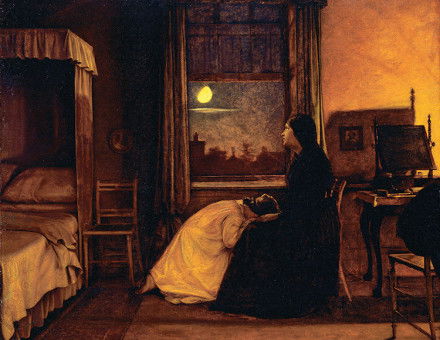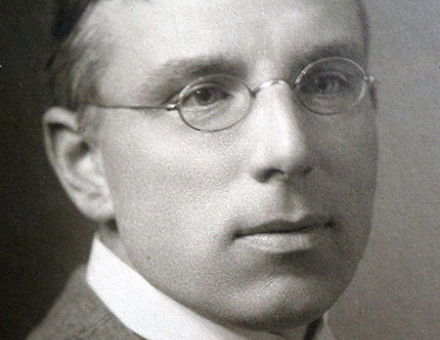Fallen Women
Attitudes to female sexuality in the 19th century were rigid and unflinching and those who failed to conform were ostracised and persecuted. Victoria Leslie compares how fallen women were portrayed in the arts with the real stories of those who ‘fell’.








